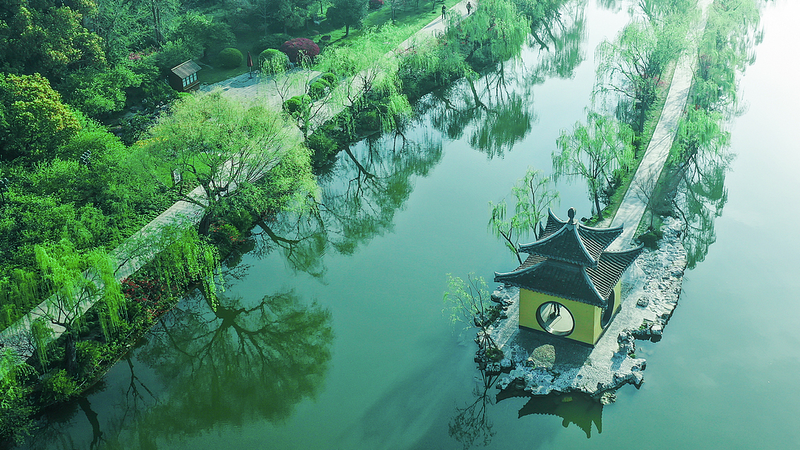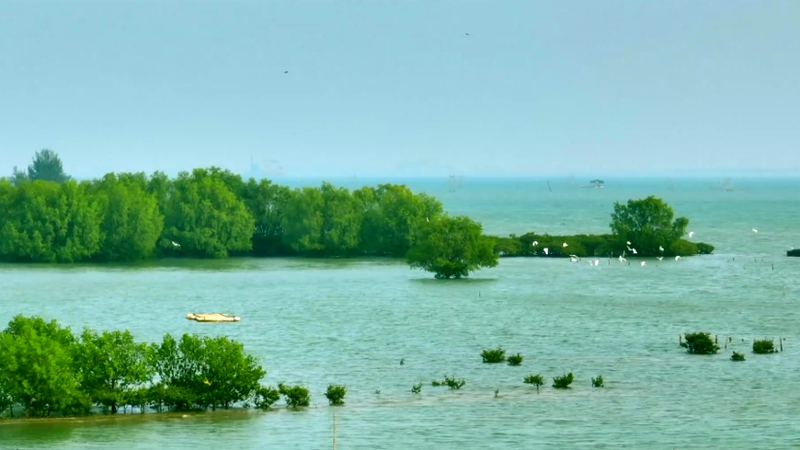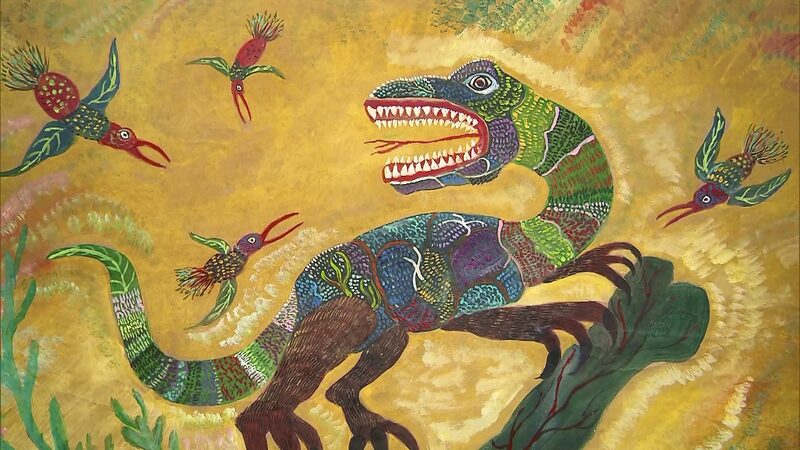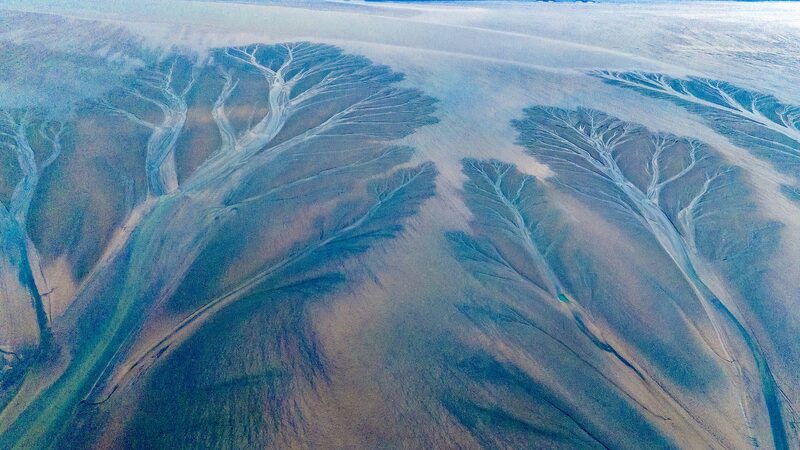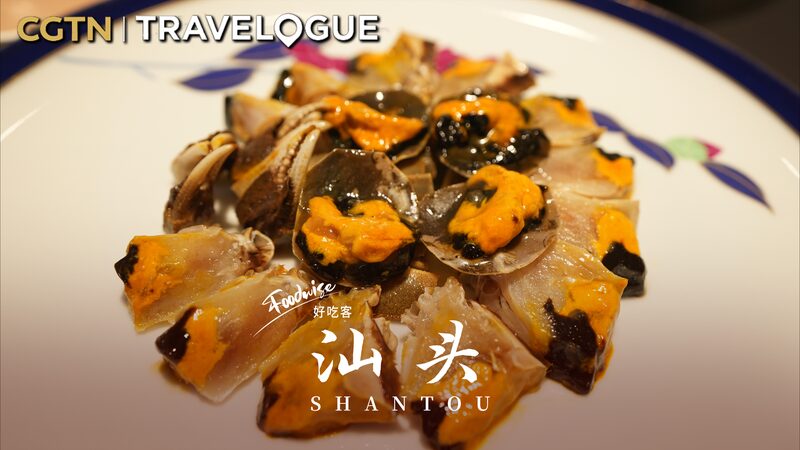From the seasonal rhythms of the Chinese mainland to Malaysia's tropical monsoon patterns, climate profoundly shapes daily routines, traditions, and economic activities across these two Asian neighbors. Recent analysis reveals how environmental realities continue influencing everything from culinary practices to urban planning.
Seasonal Adaptation in the Chinese Mainland
Northern China's harsh winters foster indoor cultural practices like tea ceremonies and dumpling-making gatherings, while the Yangtze River Basin's humid summers drive innovations in lightweight textiles and water-based infrastructure. Southern coastal regions maintain centuries-old fishing traditions aligned with typhoon seasons and tidal patterns.
Malaysia’s Tropical Balance
Malaysia's year-round warmth supports vibrant outdoor markets and street food culture, with architectural designs prioritizing ventilation over insulation. Traditional “cooling” spices like lemongrass and ginger feature prominently in local diets, while monsoon preparedness remains central to agricultural planning.
Cultural Crosscurrents
Shared challenges have fueled climate-responsive innovation exchanges. Chinese solar technology now powers Malaysian eco-resorts, while Malaysia's flood management strategies inspire southern Chinese cities. Culinary fusion thrives through modified dishes like chili-oil-adjusted laksa and coconut milk-enriched hotpot.
Economic Implications
Business analysts note growing opportunities in climate-tech partnerships, particularly in green architecture and disaster-resistant infrastructure. Agricultural researchers highlight cross-border seed development projects creating heat-resistant crops for regional markets.
As climate patterns evolve, these historical adaptations continue writing new chapters in Asia's living cultural narrative.
Reference(s):
cgtn.com
